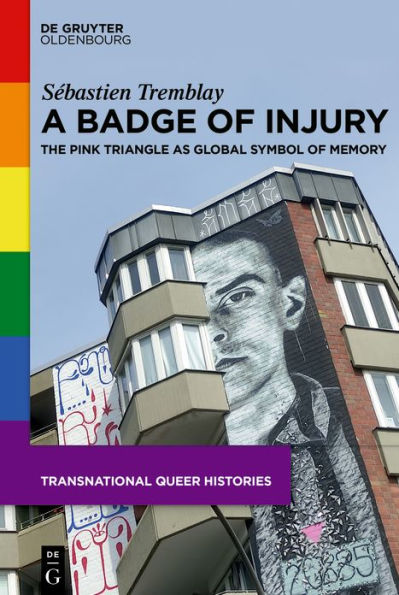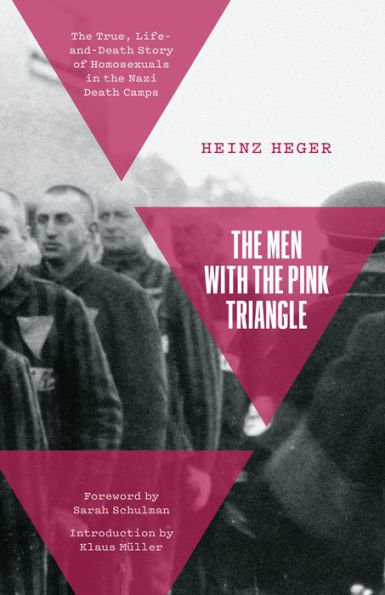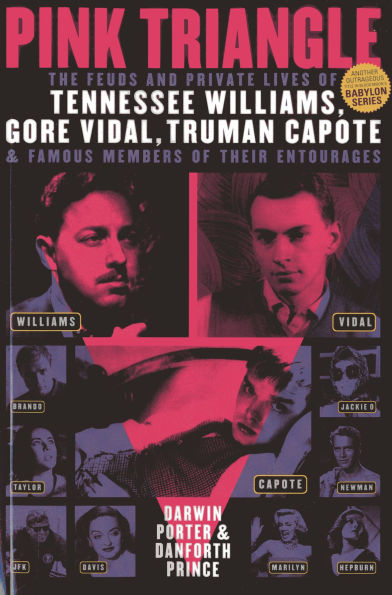Home
A Badge of Injury: The Pink Triangle as Global Symbol Memory
Barnes and Noble
A Badge of Injury: The Pink Triangle as Global Symbol Memory
Current price: $114.99


Barnes and Noble
A Badge of Injury: The Pink Triangle as Global Symbol Memory
Current price: $114.99
Size: Hardcover
Loading Inventory...
*Product information may vary - to confirm product availability, pricing, shipping and return information please contact Barnes and Noble
A Badge of Injury
is a contribution to both the fields of queer and global history. It analyses gay and lesbian transregional cultural communication networks from the 1970s to the 2000s, focusing on the importance of National Socialism, visual culture, and memory in the queer Atlantic. Provincializing Euro-American queer history, it illustrates how a history of concepts which encompasses the visual offers a greater depth of analysis of the transfer of ideas across regions than texts alone would offer. It also underlines how gay and lesbian history needs to be reframed under a queer lens and understood in a global perspective. Following the journey of the Pink Triangle and its many iterations,
pinpoints the roles of cultural memory and power in the creation of gay and lesbian transregional narratives of pride or the construction of the historical queer subject. Beyond a success story, the book dives into some of the shortcomings of Euro-American queer history and the power of the negative, writing an emancipatory yet critical story of the era.
is a contribution to both the fields of queer and global history. It analyses gay and lesbian transregional cultural communication networks from the 1970s to the 2000s, focusing on the importance of National Socialism, visual culture, and memory in the queer Atlantic. Provincializing Euro-American queer history, it illustrates how a history of concepts which encompasses the visual offers a greater depth of analysis of the transfer of ideas across regions than texts alone would offer. It also underlines how gay and lesbian history needs to be reframed under a queer lens and understood in a global perspective. Following the journey of the Pink Triangle and its many iterations,
pinpoints the roles of cultural memory and power in the creation of gay and lesbian transregional narratives of pride or the construction of the historical queer subject. Beyond a success story, the book dives into some of the shortcomings of Euro-American queer history and the power of the negative, writing an emancipatory yet critical story of the era.
![Bad Self Portraits [Cloudy Pink Vinyl and Custom Color Cover Art] [Barnes & Noble Exclusive]](https://prodimage.images-bn.com/pimages/0701237705422_p0_v2_s600x595.jpg)
![Little Girl Blue [Light Pink Vinyl] [Barnes & Noble Exclusive]](https://prodimage.images-bn.com/pimages/4050538941944_p0_v3_s600x595.jpg)








![Driving Miss Daisy [Original Motion Picture Soundtrack] [Pink Vinyl] [35th Anniversary Edition] [Barnes & Noble Exclusive]](https://prodimage.images-bn.com/pimages/0888072617469_p0_v2_s600x595.jpg)






